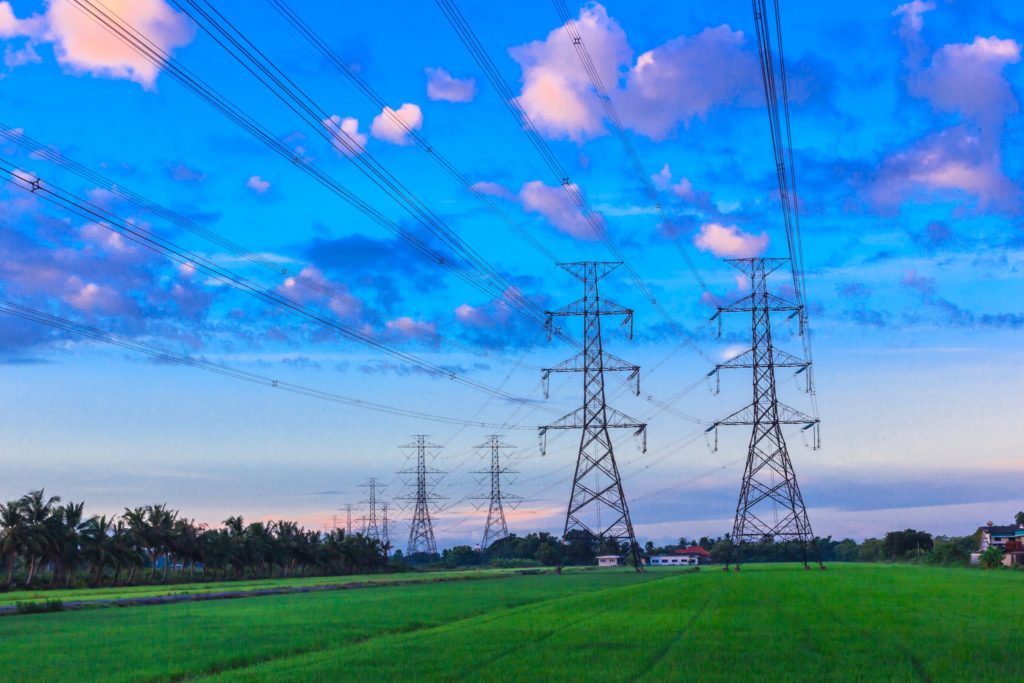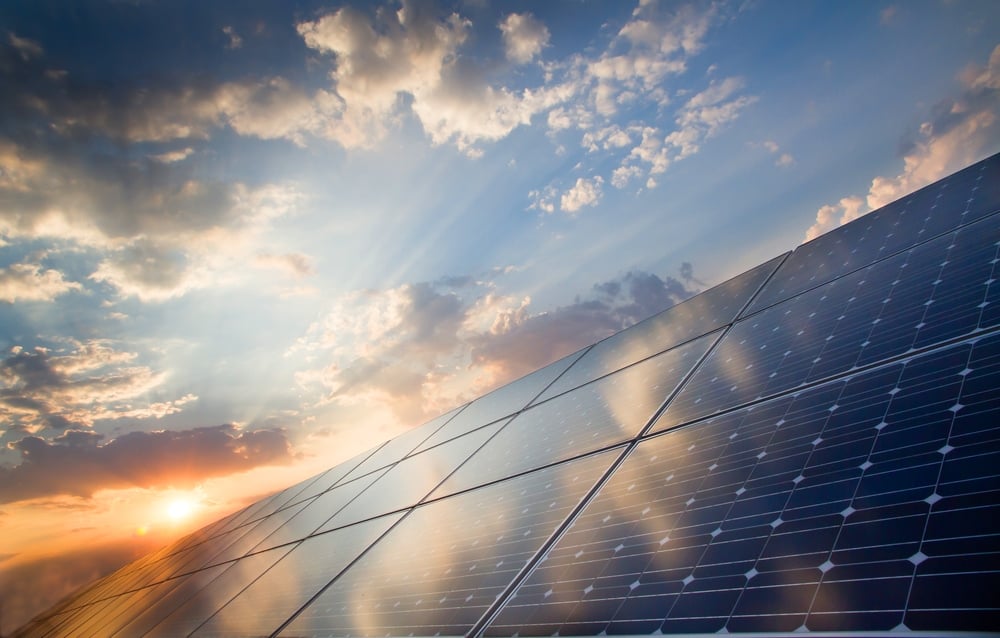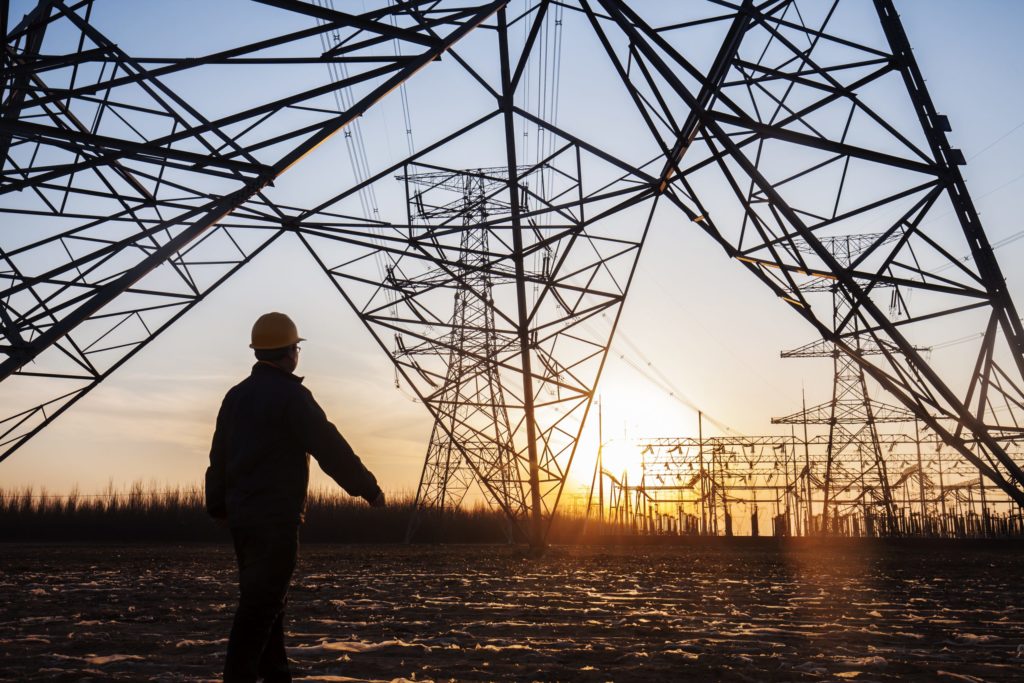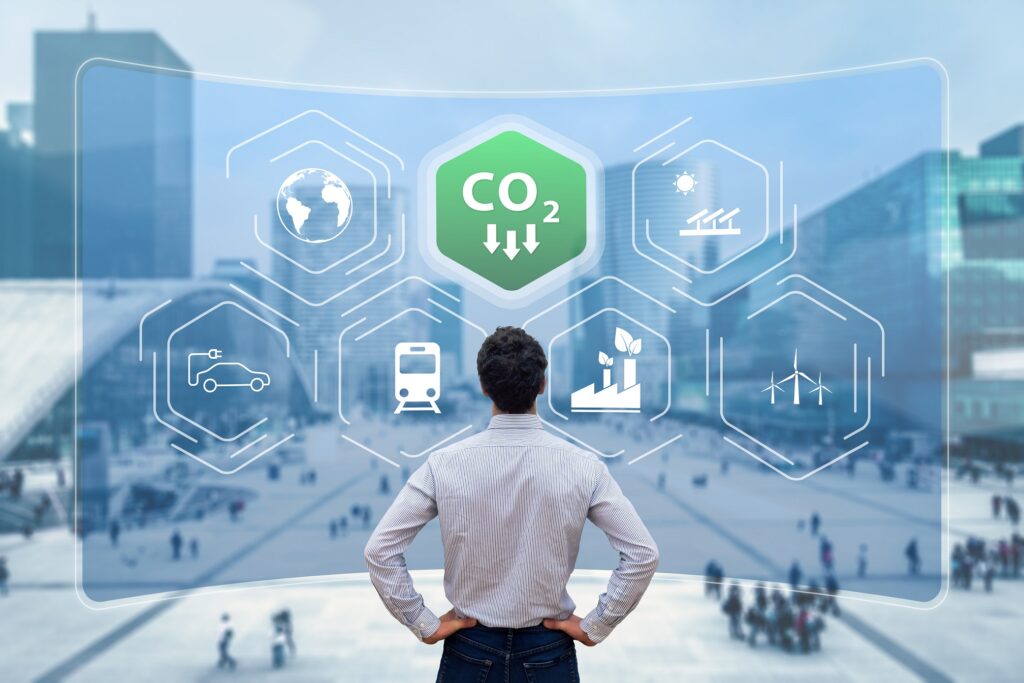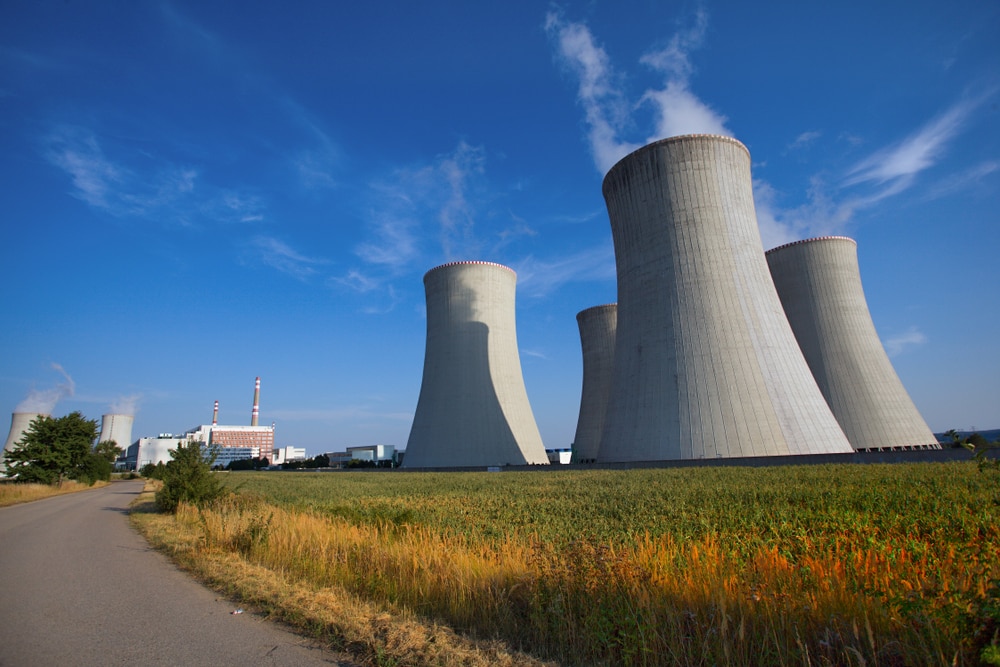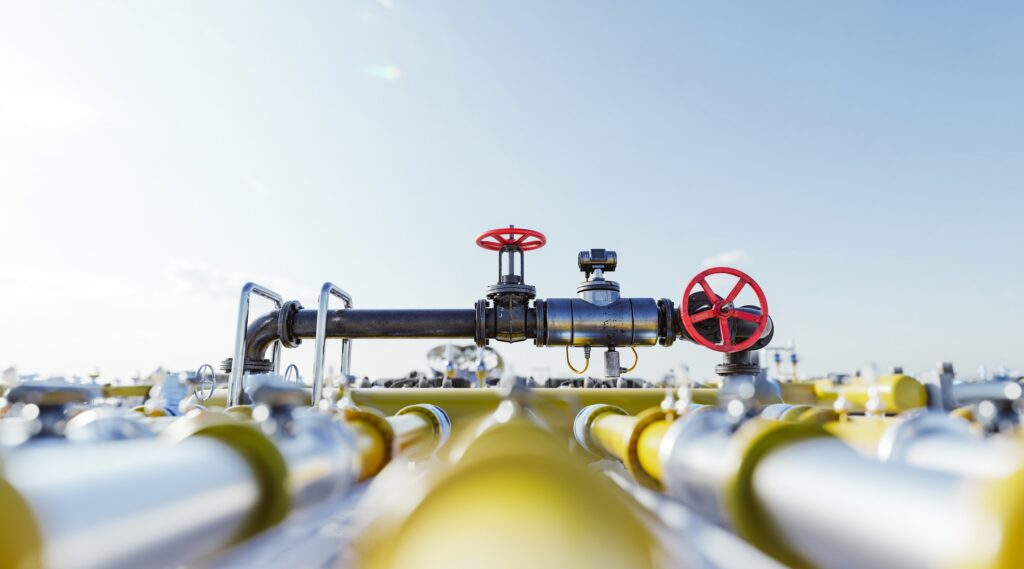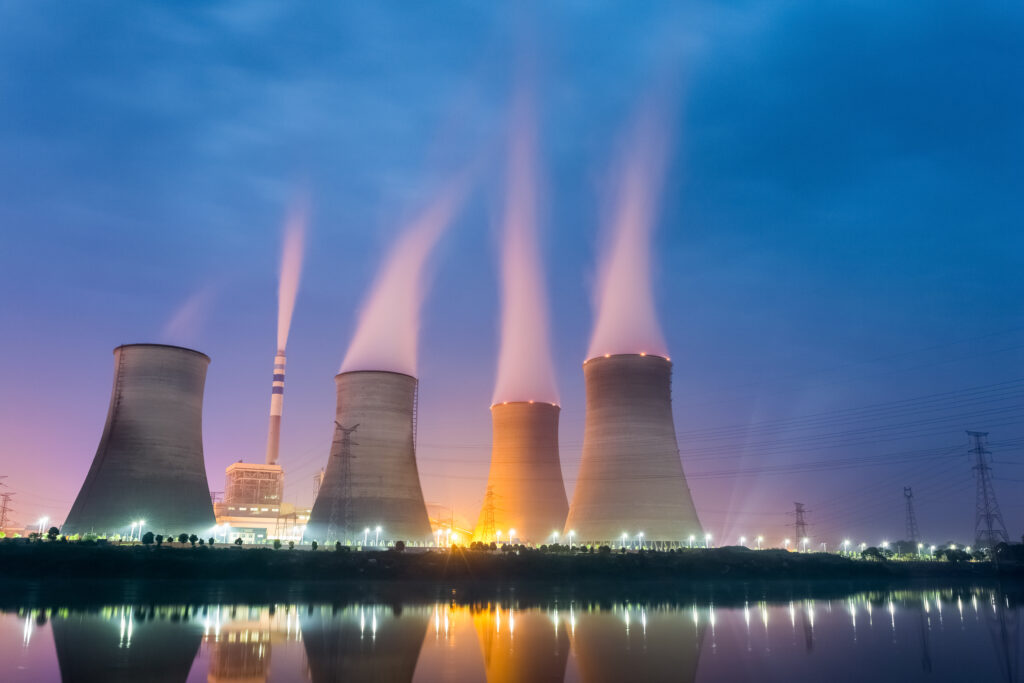Low-Energy Fridays: The Elephant in the Clean Energy Room
Last week, I testified before the Senate on the Inflation Reduction Act (IRA). Hearings can be quite interesting because the timed, five-minute soliloquies of the senators reveal the political overtones that color the policy debate. In this case, the Democrats were focused on playing up the benefits of the IRA, whereas the Republicans who opposed the IRA were keener to drill down into the nuts and bolts of how the IRA would achieve what its supporters claim. The conversation repeatedly turned to perhaps one of the biggest elephants in the room on clean energy: just how feasible is it to get enough minerals for a clean energy United States?
This is a topic that I’ve already covered in past research (which you can find here). The short answer is the United States will never have enough minerals to be entirely self-reliant under a complete clean energy transition. We have significant potential for the development of select resources, particularly copper and lithium, but other key resources like nickel and cobalt are just not present in large enough quantities in the United States to forgo reliance on foreign partners feasibly. This is a bit troubling because China controls significant portions of mineral supply chains and has a history of relying on embargoes when in dispute with other nations.
Given that clean energy and electric vehicle (EV) adoption is on the rise (and so, too, are mineral prices), this topic comes up frequently. It also highlights an awkward issue for clean energy advocates to grapple with, which is that there is just no path forward for a net-zero emission United States without serious increases in mineral production globally, and getting there is going to require an easier path forward for mineral development in the United States. Recently, it has been a crap shoot as to whether a mine will even get approved. There is an apparent contradiction between the idea that the United States can have an environmental review process so stringent and subject to judicial review that any development can be stopped for any reason and that the United States can be a world leader producing clean energy that relies on as-of-yet undeveloped resources.
The path forward, and one that both sides in the hearing seemed to agree on, is that permitting reform is key. In past research, I’ve noted that you can address a lot of permitting issues without touching environmental regulation because a big source of delay is litigation risk. But, of course, that doesn’t mean permitting reform will make everyone happy. Even California is pursuing permitting reform, and Gov. Gavin Newsom (not a fossil fuel-friendly politician by any stretch of the imagination) is getting a lot of flak for it.
That said, no number of permitting changes can cause the United States to produce resources it doesn’t physically have. Permitting reform can go a long way toward meeting clean energy mineral demands, but there’s just no escaping that the nation will also need prudent trade policy that reflects its balance of economic, environmental and national security priorities.
It’s a long road ahead to close the gap between what policymakers claim they want for energy development in the United States and what is needed for the market to deliver those priorities. But the good news is that with both sides seeming to desire permitting reform, there is a good case for optimism under this Congress.

